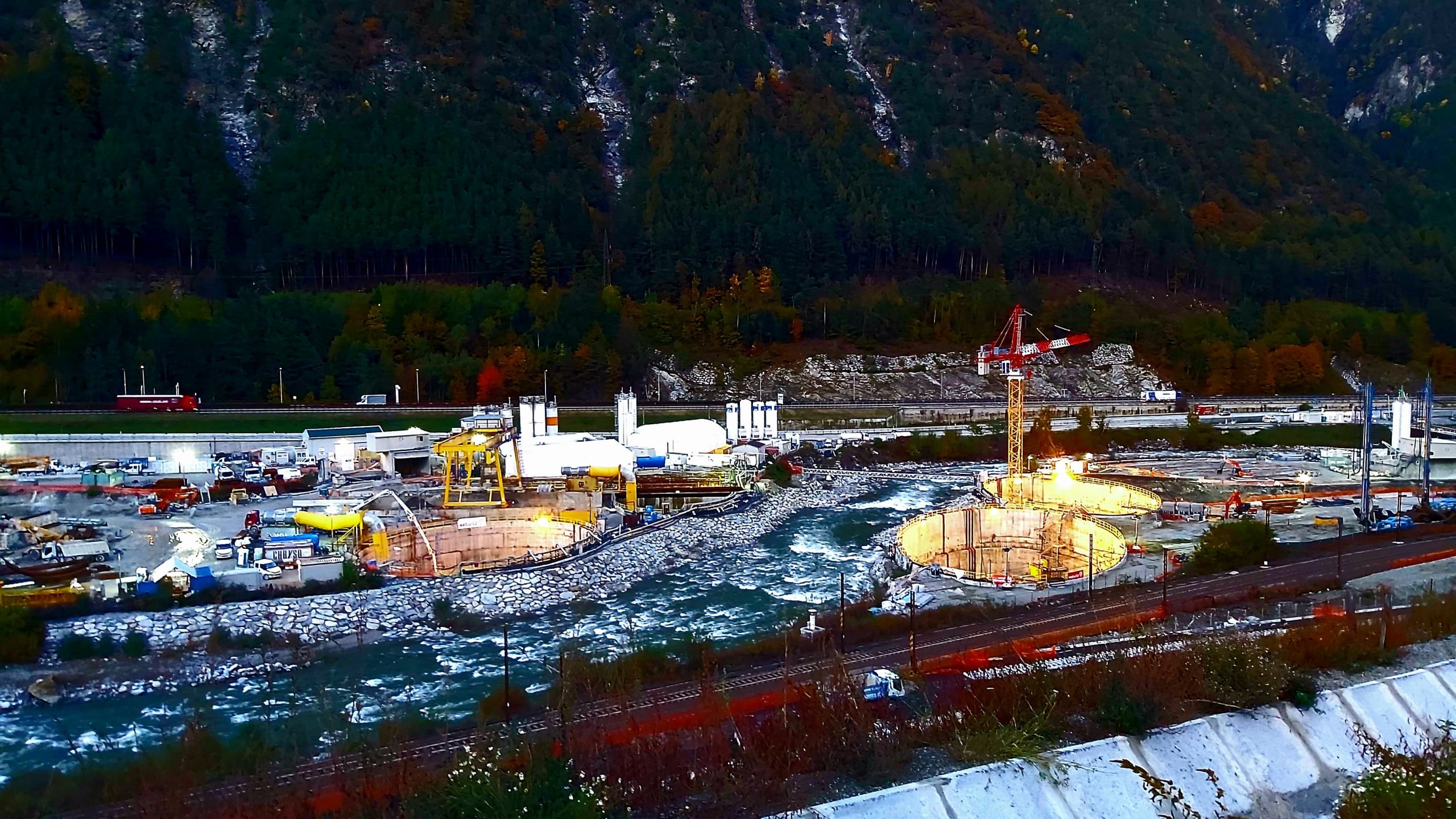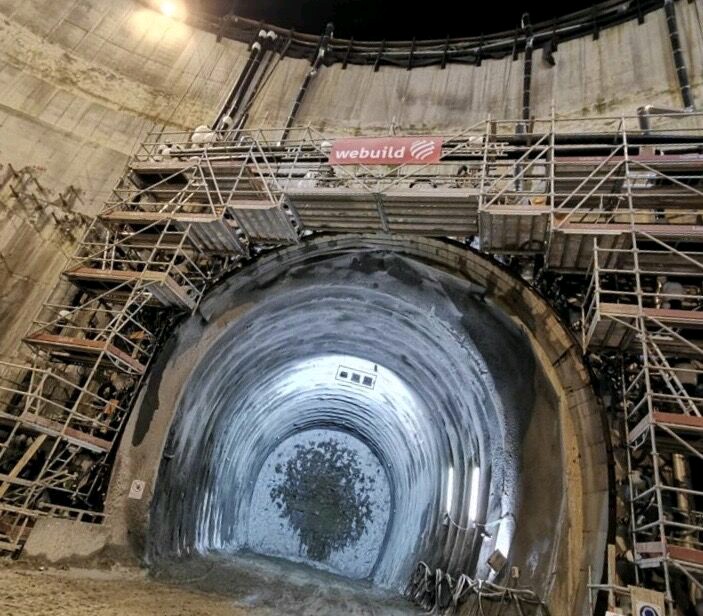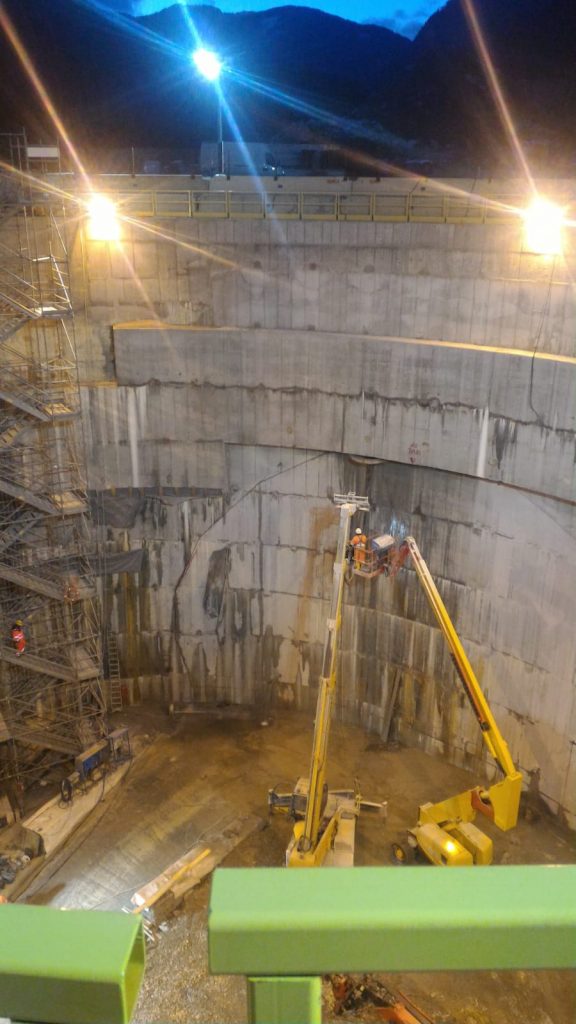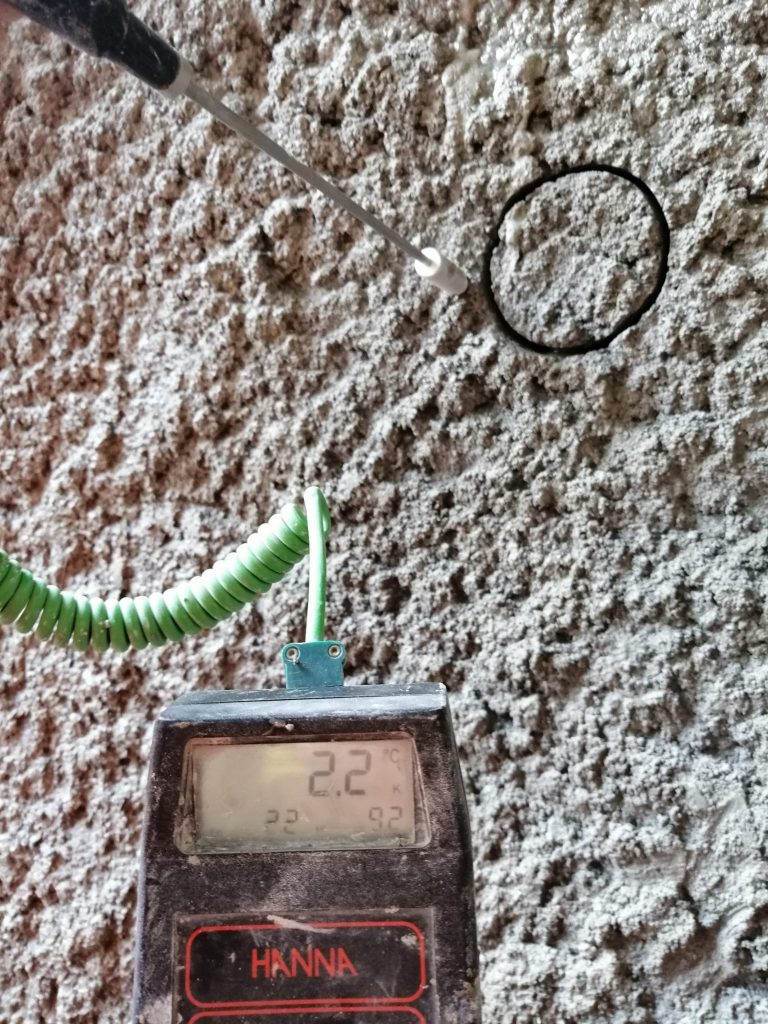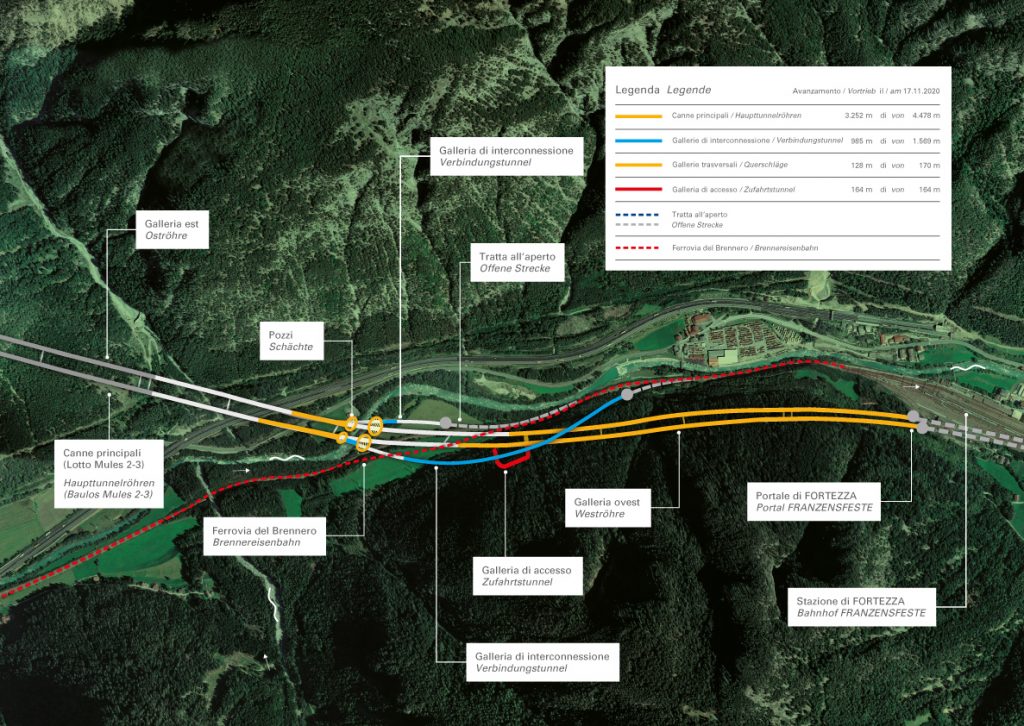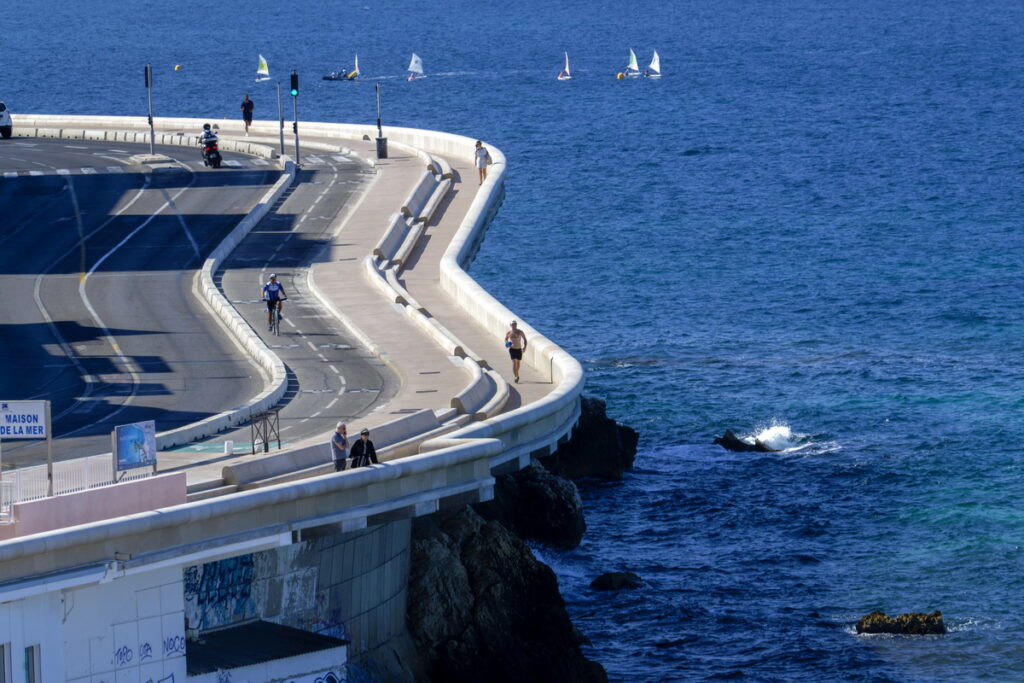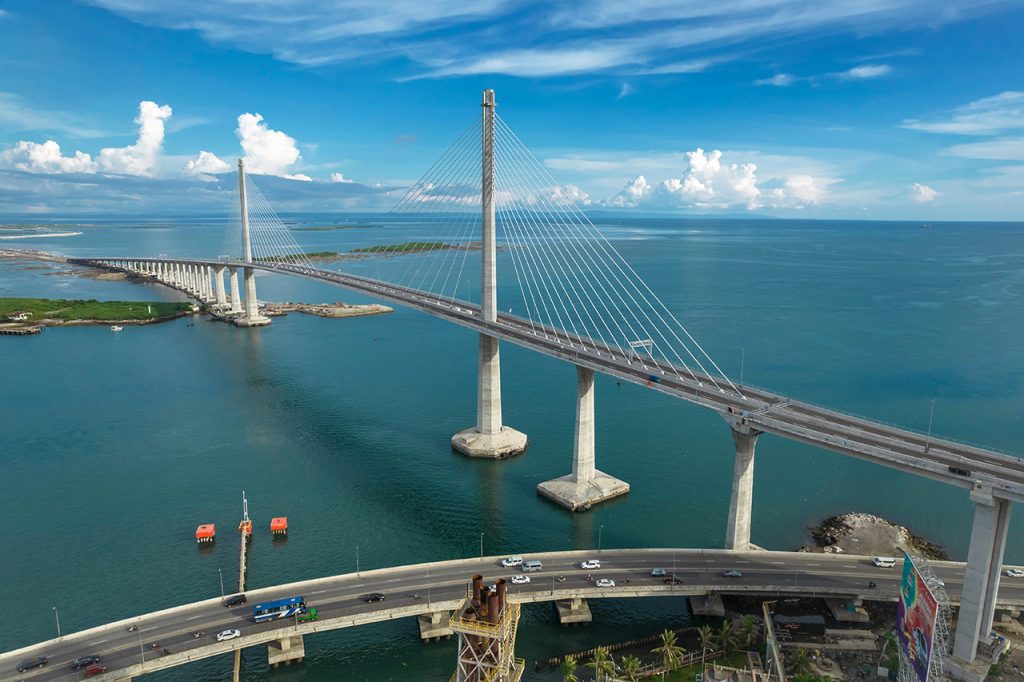Jobsite description
The Brenner Base Tunnel is a rail tunnel project through the Eastern Alps, connecting Innsbruck in Austria to Fortezza in Italy passing under the Brenner Pass. With the digging of a junction with the railway bypass of Innsbruck , it will reach 64 km.
The Brenner Base Tunnel consists of various lots in both Italian and Austrian territory, the « Isarco River underpass » being the one located in the southernmost section of the entire construction site.
A total of 4.5 km of main tunnels and of 1.2 km of tunnels interconnecting with the existing railway line will be built. Construction work on this section is expected to be completed by the end of 2022 and the entire construction of the tunnel will be completed by the end of 2025.
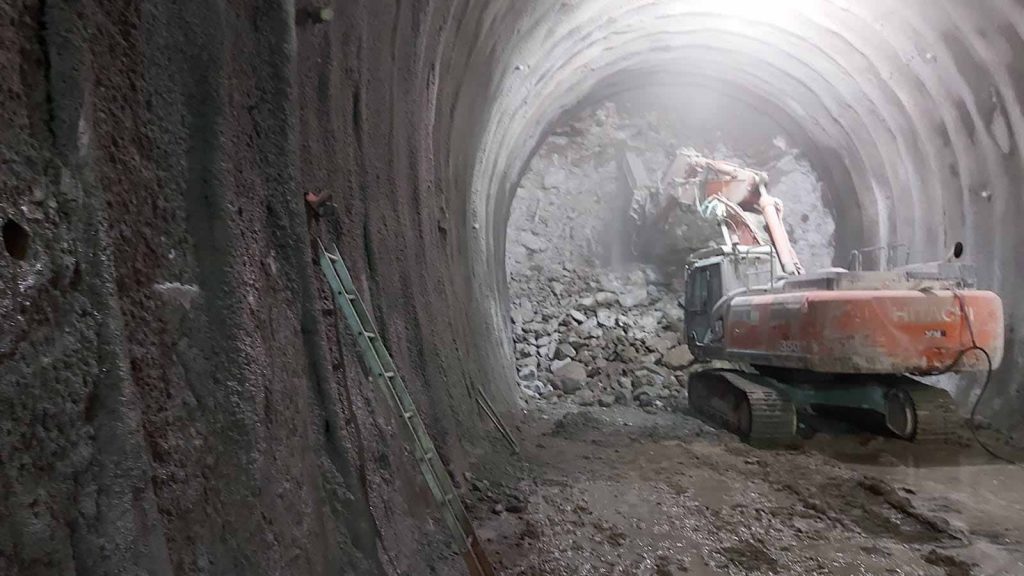
CHRYSO shotcrete accelerator expertise
Most of the work on this section will take place in the valley floor and will involve a number of open-air operations, including the consolidation of the ground prior to excavating the tunnels using the traditional method. These soil consolidation operations will be carried out using the jet grouting technique.
As part of this section, the A22 Brenner motorway, the SS12 trunk road, the existing railway line and, in particular, the Isarco River will be crossed under. Another special soil consolidation technique will also be used to cross under the river: Freezing.
This very complex freezing technique is used in underground works: the soil is artificially frozen, and thus rendered compact and waterproof.
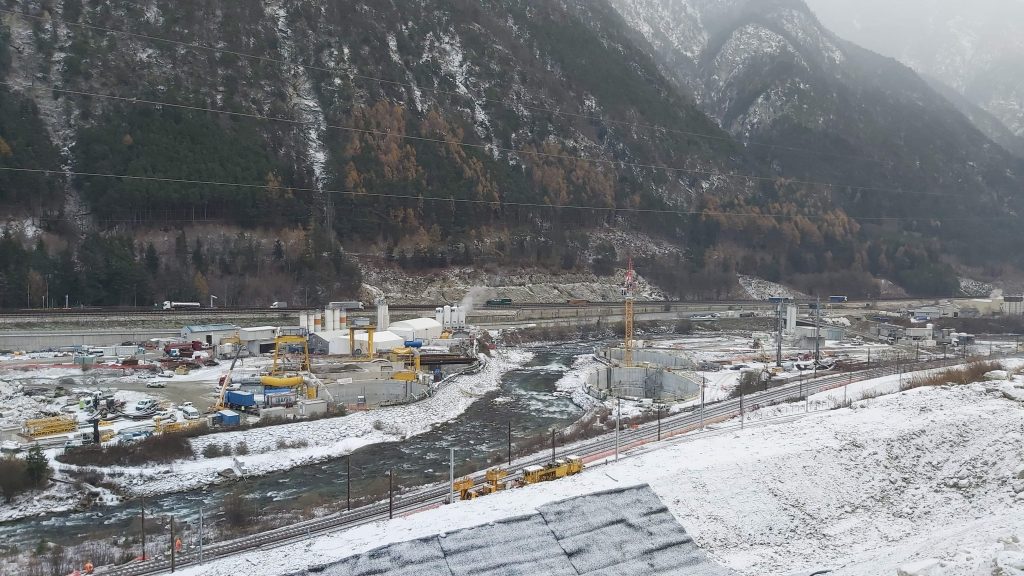
Focus on the frozen method
By using this frozen method, the molten material under the river bed could be solidified and the excavation of the first tunnel under the River Isarco could then begin.
The use of the freezing technique has avoided any need to alter the river’s course that crosses the Brenner Base Tunnel and has reduced the impact on the environment, particularly on the fish fauna of the Isarco River.
The special freezing probes are placed one meter inside the excavation, the measurements on the extrados reporting a temperature of -10°C; at this point the first 10 cm layer of fibre-reinforced concrete must be applied.
The second phase is the positioning of the frames and the application of an additional 20 cm thick fibre-free shotcrete layer.
In this case the temperature is around -5°C, therefore the conditions are extreme and all safety and technical conditions must be guaranteed, especially the cohesion between the substrate and the concrete.
In order to meet these requirements, a specific shotcrete mix was conceived and the application phase was deliberately accelerated
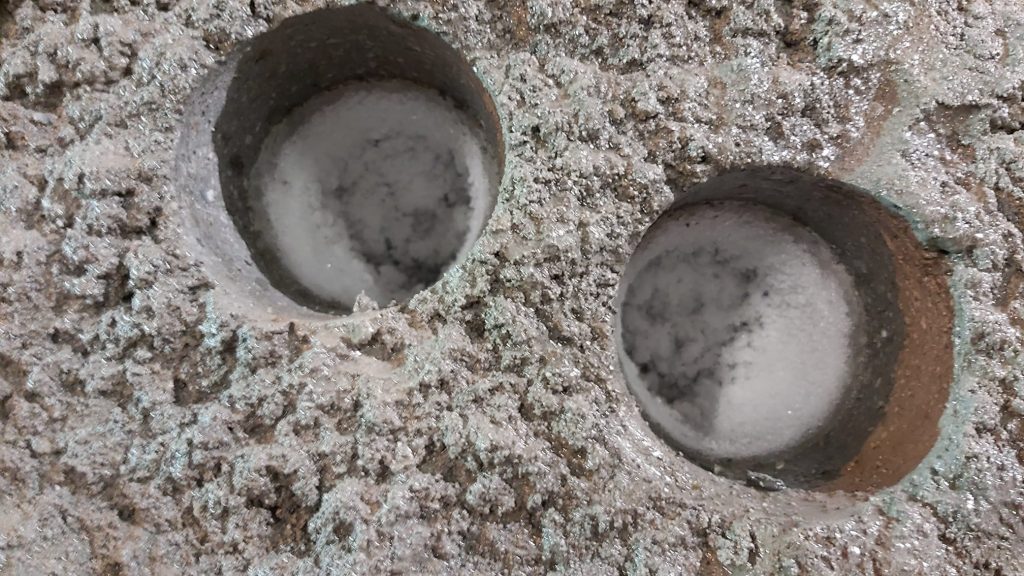
PRODUCTS USED
- CHRYSO®Jet 910 AF shotcrete accelerator
- CHRYSO®Dem Alky 77
- Spacers
Project technical challenges
Chryso Italia has been a partner of the consortium since the construction site began in 2016, with its CHRYSO®Jet 910 accelerator, a product selected based on the performance achieved in the projection phase in terms of waste, actual dosage and impact on final mechanical performance.
When lining tunnels treated with freezing technology, however, completely different application conditions had to be taken into account.
Despite the extreme conditions of application and maturation at sub-zero temperatures, the average compressive strength measured is 36 MPa compared to an average of 39 MPa (values refer to the core fracture without correlation coefficients).
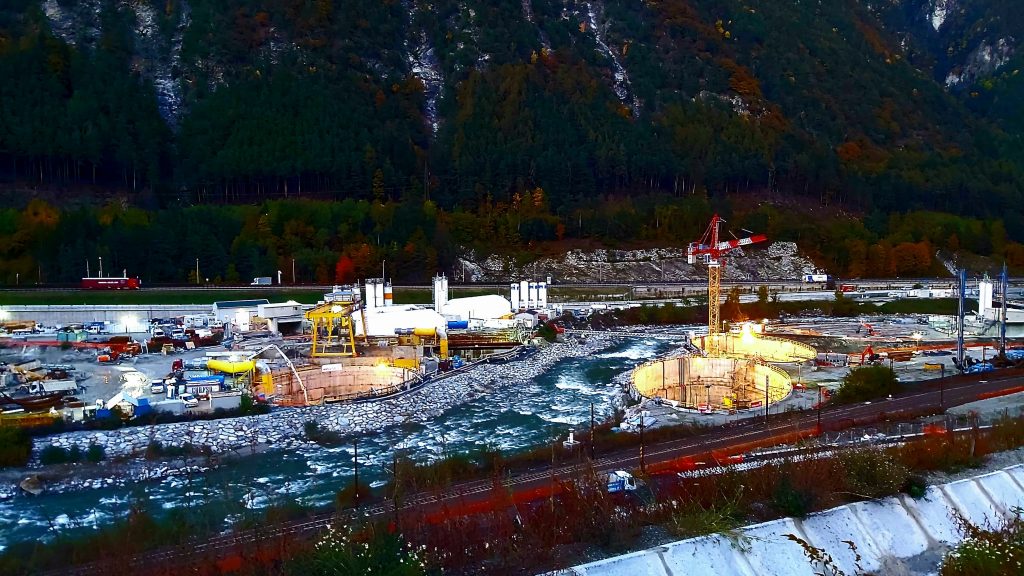
Participants du projet
Maître d’ouvrage: BBT SE : Brenner Basis Tunnel SE
RTI Isarco s.c.a.r.l. consortium : Webuild S.p.A, Strabag AG, Strabag S.p.A.,
Consorzio Integra and Collini Lavori S.p.A.


